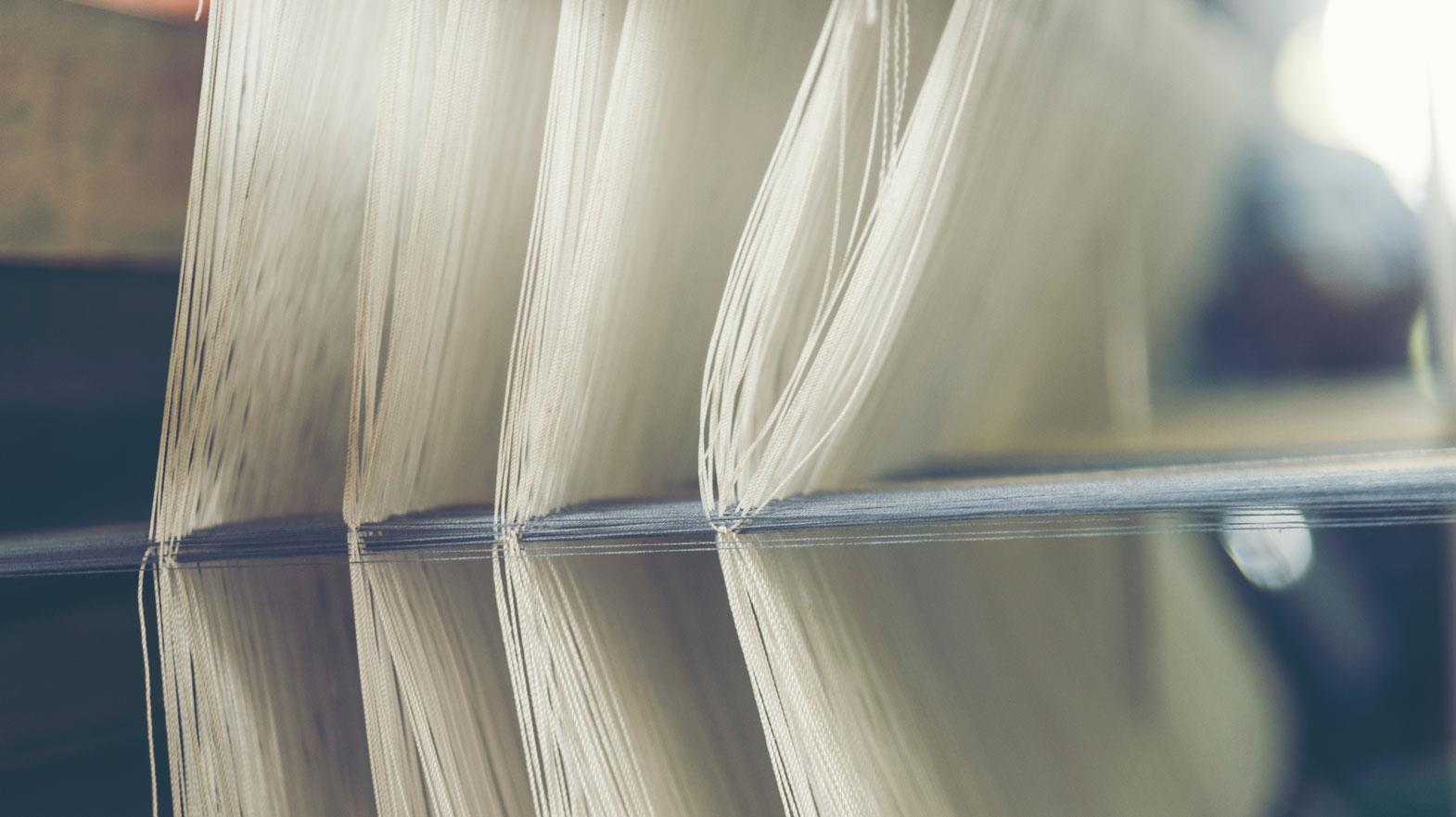The simplicity of Swedish weaving has made it a preferred choice of both the professional weavers as well as amateurs. From the inception of this weaving style to this date not much has changed. The Swedish weaving was at its peak in the 1930s and 1940s in the United States of America. During this time, the stitching mainly focused on kitchen towels and linens. Today there are several other pieces of fabrics where Swedish weaving works its wonders. It is used in curtain designs and also quilters everywhere have been experimenting with Swedish weaving. The main reason for preferring Swedish weaving is that it is not only comparatively simple, but also it looks tidy in comparison to other forms of weaving.
Though with the increased use of automatic dishwashers in households, there has been a serious decline in purchase of hand towels, following which Huck or Swedish weaving is not too prevalent on towels today. On the contrary to what's prevalent, many experts advocate that the Swedish pattern was primarily in vogue on hand towels during earlier eras because it creates specific patterns that are uneven and thus unevenness helps in better absorption of water and also promotes quick drying. Different varieties and forms of this weaving pattern have been found in folk or traditional weaving in Scandinavia, Germany, and other countries.
The materials and fabrics used for Swedish weaving have not changed over the years. The fabrics that are most suitable for Swedish weaving include Huck fabric, which is a type of linen descendant also known as huckaback fabric. Some weavers choose Aida cloth over huckaback. The Monk's cloth is the most popular among the weavers when it comes to selecting fabric for Swedish weaving. The warp and weft threads in Monk's cloth are of the same size. The cloth is cent percent cotton, following which it has to be prewashed prior to starting Swedish weaving to avoid shrinkage. Another fabric which is suitable for Swedish weaving is popkorn or Stockholm fabric. This fabric is also cent percent cotton, but unlike the Monk's cloth, it doesn't have to be prewashed. Waffle cloth, which is also cent percent cotton, is also used for the purpose of Swedish weaving. It has to be prewashed like Monk's cloth to avoid shrinkage. These fabrics have been used since centuries for Swedish weaving, however, the choice of threads have changed over the years
The colours and patterns can be made to look more alluring with the variety of threads. Earlier mostly floss and pearl cotton threads were used for hand towels. The textile innovations have expanded the available options from silk to metallic threads, over-dyed, variegated to synthetic fibres. The weavers mostly decide the type of thread on the basis of wash care, purpose of weaving and similar concerns. Sturdy fibres like cotton and silk are often used for Swedish weaving in case the fabric is part of clothing or household items like tapestry etc. Metallic fibres are for the purpose of ornaments and samplers.
The weavers are free to use their creativity as far as the patterns in Swedish weaving go. Abstract designs, pyramid shapes, creating other designs with shades of one or more colours. The traditional designs have been assimilated in the contemporary patterns, with inclusion of more colours. The popular colour schemes for Swedish weaving include a palette full of colours of one hue like blues, pinks, greens and browns. The modern colour grouping comprises of light, medium and dark colour combinations. The fancied colour combinations include plum with hunter green and buff, blue with yellow on a cream base, and hues of sage green with rose.
With modern machines taking over the textile world, the hand weaving is becoming more prized and valuable. Swedish weaving technique is a valued form of weaving all around the world. Though for sometime, the weaving didn't do well in terms of popularity, but today it is on its way to resurgence. The revival of Swedish weaving has made it popular again. This needlecraft's survival, however, depends on innovations that this traditional design will adopt in future. Timely efforts on part of the global weavers' community can make Swedish weaving more known globally. As of now it is getting its share of recognition as a paradise for the weavers all around the world.
References:
1. Ethnicfiberart.com
2. Ehow.com
3. Linenme.com
4. Digitalcommons.unl.edu








Comments